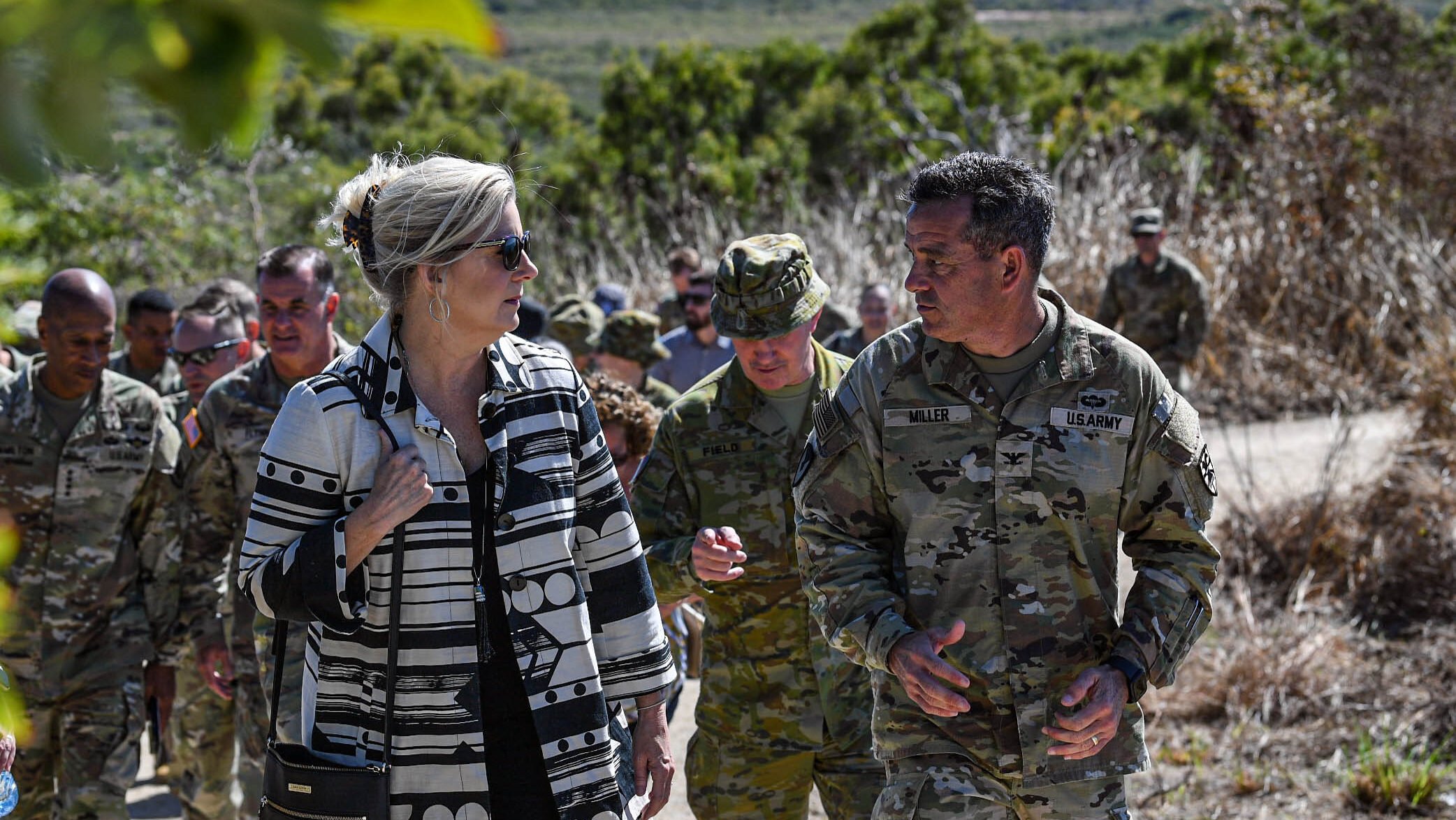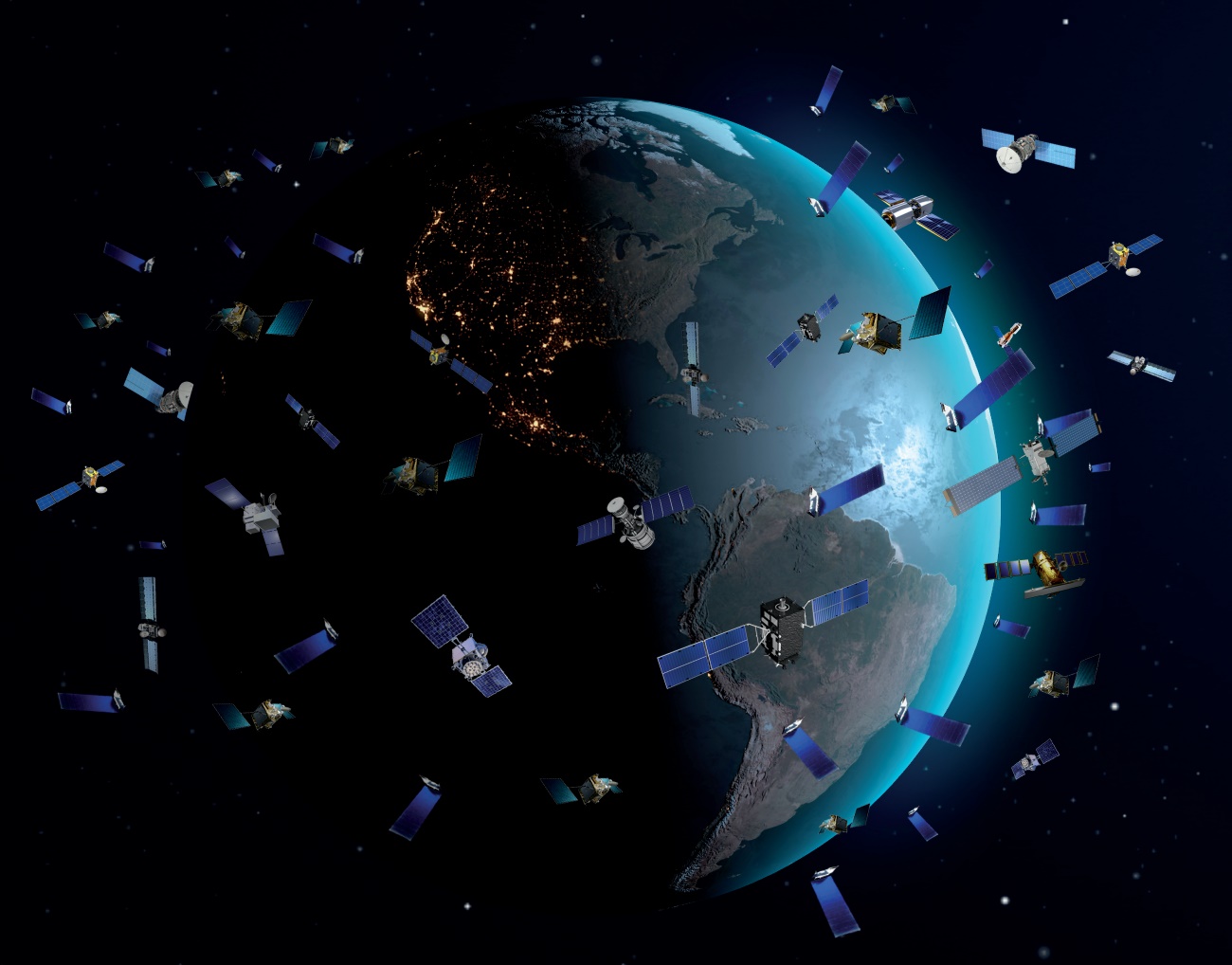Source Link
In “The End of China’s Economic Miracle” (September/October 2023), Adam Posen describes China’s recent economic challenges as a case of “economic long COVID.” Chinese President Xi Jinping’s “extreme response to the pandemic,” he posits, triggered “the general public’s immune response” and “produced a less dynamic economy.” Posen’s analogy is creative and insightful. But his diagnosis misses the chronic diseases that afflicted China’s economy well before the COVID-19 pandemic: an exhausted growth model, stunted population growth thanks to the “one-child policy,” and, most notably, Xi’s failures of leadership.
Xi is not to blame for the Chinese economy’s deepest structural problems. He is, however, responsible for the government’s failure to deal with them. In 1978, Deng Xiaoping initiated sweeping economic reforms after the end of the Cultural Revolution. Standing apart from previous Chinese Communist Party (CCP) leaders, particularly Mao Zedong, Deng took an open and pragmatic approach toward economic development. He rebooted China’s relationship with the United States, observing in 1979 that “all countries that fostered good relations with the United States have become rich.” When China’s economy faltered after the government’s crackdown on the 1989 Tiananmen Square protests, he headed off a downward spiral by clearly reiterating the party’s commitment to economic reforms, especially during an influential 1992 tour of southern China.
Over the last 45 years, China has transformed from one of the world’s poorest and most isolated countries into the heart of the global supply chain. That economic rise, however, was built on a system of financial repression that prioritized investment and exports over domestic household consumption, leading to harmful stagnation on the demand side of the economy. Posen identifies the first quarter of 2020 as the “point of no return” for the Chinese economy, but it has faced looming problems for at least a decade. The workhorses of its growth model were already tiring years ago.









/cloudfront-eu-central-1.images.arcpublishing.com/prisa/X6N4XNZP3VYGSD4RLCU3LHNL64.jpg)



